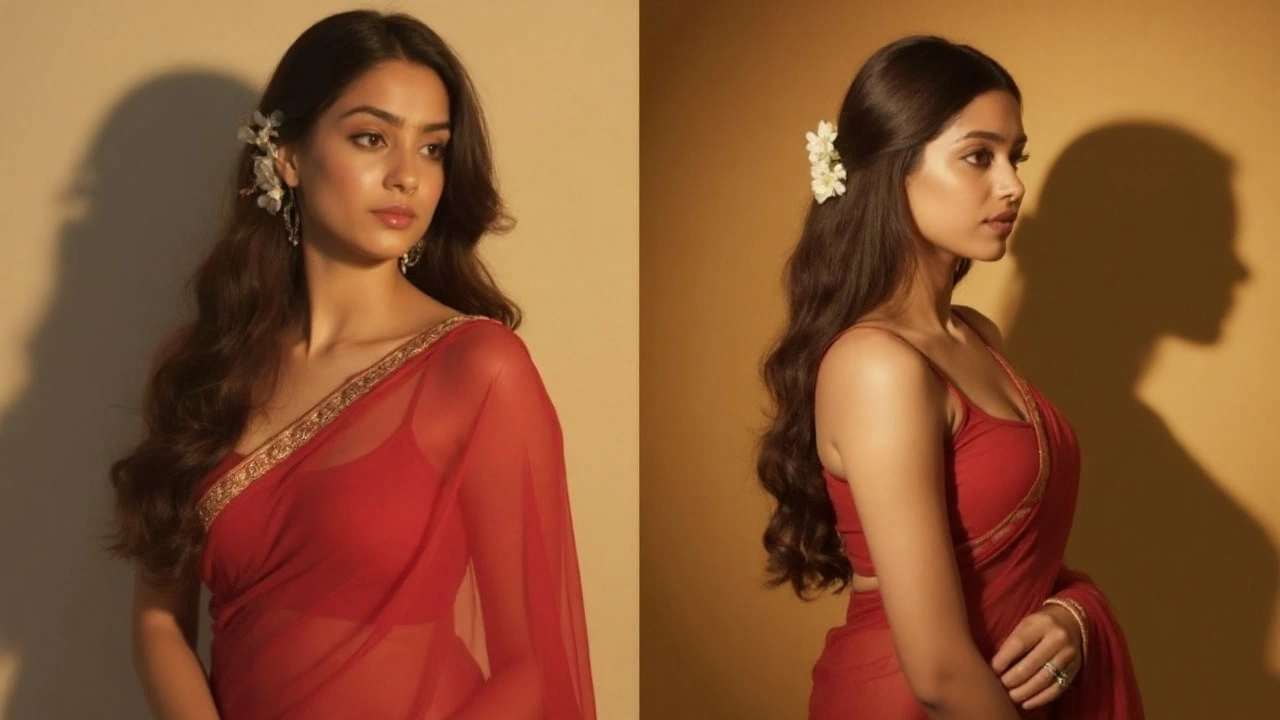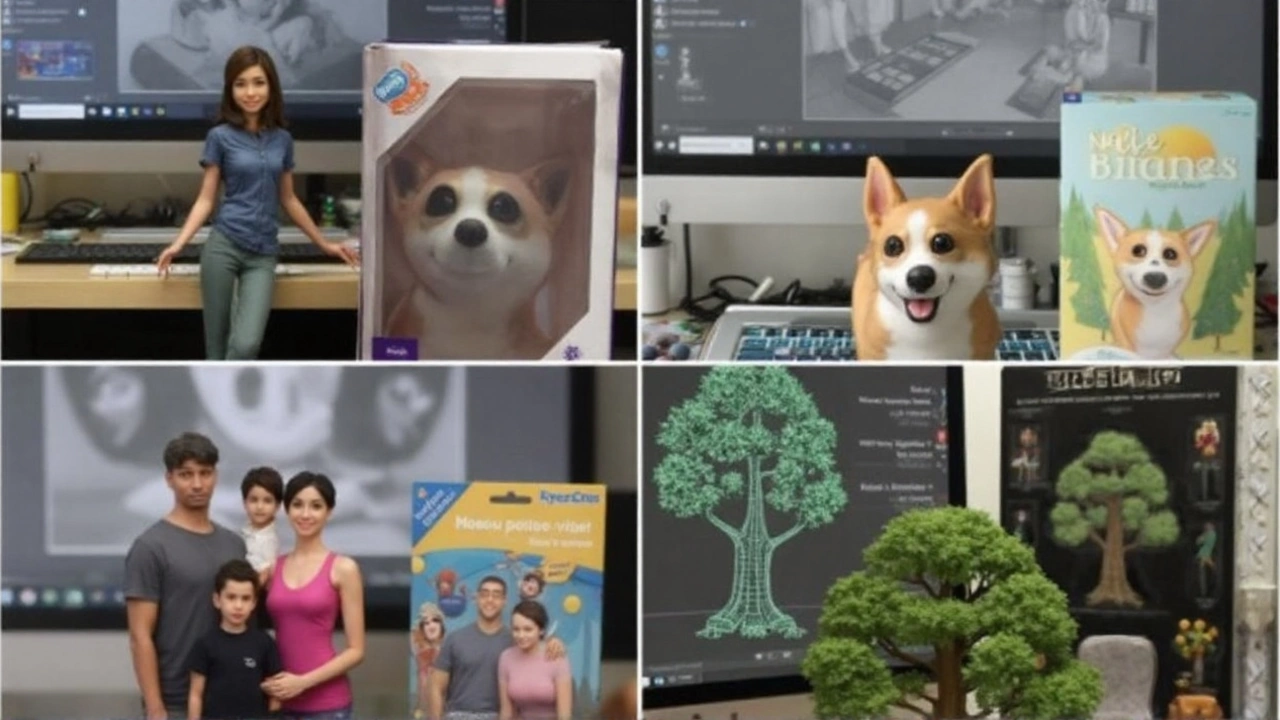Two-thousand-forty-eight by two-thousand-forty-eight pixels in 1.8 seconds. That’s the headline number ByteDance is pushing with Seedream 4.0, its new professional AI image generator aimed squarely at studios, agencies, and teams that care as much about throughput and consistency as they do about looks. It’s a bold swing at Google’s buzzy Nano Banana/Gemini stack and a shot at the rest of the creative AI field.
The pitch is simple: near-instant 2K images, nine matching variations at once, and editing tools that behave like a fast, competent assistant. ByteDance says it’s built for scale—high reliability under load and a workflow that covers concepting, iteration, and finishing without bouncing between tools.
What Seedream 4.0 brings
Speed is the obvious hook. Generating 2048x2048-pixel frames in around 1.8 seconds pushes the upper end of what’s common in consumer tools. For teams that iterate hundreds or thousands of assets a week—think product listings, campaign variants, or storyboard passes—cutting even a few seconds per image stacks up fast.
The second standout: consistent series generation. Seedream 4.0 can output up to nine images in a single go and keep character identity, style, and scene logic aligned across the batch. That matters when you’re building a campaign with the same model across angles, a story sequence with uniform lighting, or a catalog that needs matching backgrounds and color tones.
Unlike Google’s Nano Banana, which caught on with casual, mobile-first creators, Seedream 4.0 is unapologetically pro. It rolls text-to-image, image editing, and style continuity into one workflow. You can swap backgrounds, add or remove objects, adjust lighting, change materials, or nudge the whole piece into a different aesthetic—using plain instructions like “replace the background with a sunset beach” or “change the jacket from blue to red.” The system tracks object relationships and preserves details instead of redrawing the whole scene blindly.
Identity control is part of the toolkit. Users can upload up to six reference images to lock in character or product features. That’s useful for IP-bound characters, recurring mascots, or real-world products that need to look the same across every angle and placement. You can iterate and refine without losing the anchor traits that matter.
Under the hood, Seedream 4.0 runs a mixture-of-experts (MoE) architecture. In plain English, multiple specialized sub-models are trained for different tasks or visual domains and a router decides which ones to activate for a given prompt. The result tends to be better routing of compute—speed when the image is straightforward, extra horsepower when the prompt asks for fine-grained detail or tough edits—without collapsing performance when demand spikes.
On benchmarks, ByteDance is talking tough numbers. Seedream 4.0 took the top slot in Artificial Analysis’s Text-to-Image and Image Editing Arena tests, and scored high on prompt adherence, alignment, and aesthetics in MagicBench evaluations. The comparison most people will zero in on: ByteDance says it outperformed Google’s Gemini 2.5 Flash (the “Nano Banana” line) across several criteria in those third-party reviews. Benchmarks aren’t gospel, but they do give teams a baseline for head-to-head tests.
Quality-wise, early users describe the photorealism as strong enough to pass casual inspection—skin texture, fabric, reflections, and depth cues that often give away AI work are getting harder to spot. That’s great for creative speed, but it also raises all the familiar alarms about synthetic media: deepfakes, deceptive ads, and misinformation. Expect policy teams, brand safety leads, and platforms to keep asking about watermarking, provenance tags, and usage controls.
Pricing lands in the professional zone without scaring off small teams: $30 for 1,000 images, which works out to about three cents per output. Access is live on well-known inference platforms including fal.ai and Replicate, alongside ByteDance’s own channels. That mix should make it easy for developers to slot the model into existing pipelines.
ByteDance is also sharing best practices for getting the most out of it. The recommended edit prompt pattern is crisp: “change action + change object + target feature.” So, “increase brightness on the left side,” “remove the green mug,” or “make the sofa leather with a matte finish.” For multi-image output, phrases like “a series of” or “a group of images” help the model lock consistency across the set.
- Resolution and speed: 2048x2048 in ~1.8s
- Batch consistency: up to nine matching images per run
- Editing depth: background swaps, object add/remove, lighting and color control, style transfer, texture tweaks, face and structure edits
- Identity control: up to six reference images for visual continuity
- Architecture: MoE for reliability and smart routing under load
- Benchmarks: top scores in Artificial Analysis arenas and strong MagicBench ratings
- Access and price: $30 per 1,000 images via fal.ai, Replicate, and ByteDance

Why it matters for the market
This launch redrew the line between “fun AI art” and “production tool.” Consumer models like Nano Banana, and even some desktop favorites, are great for ideation and social output. Agencies and studios have different priorities: repeatability, turnaround time, guardrails, and cost per asset. Seedream 4.0 aims squarely at that checklist.
Consider a global retailer refreshing a product line. You want 40 SKUs photographed in a coherent look, each in five angles and three backgrounds, plus banner crops and social-first alternatives. With consistent multi-image generation, reference-latched identity, and rapid edits, a single art director can spin through variations in hours, not days—then hand off a predictable shortlist to retouchers or motion teams. That doesn’t replace photographers or stylists; it changes where the labor hours go.
The same applies to entertainment workflows. Previsualization teams can draft character lookbooks, lighting studies, and scene boards with continuity baked in. Anime-styled explorations, period-correct palettes, or architectural moodboards stop being one-off experiments and start looking like cohesive packets stakeholders can actually judge.
Reliability under load is a quiet but crucial factor. When clients are waiting, “please try again” is a budget risk. MoE designs help by routing requests to the right experts and keeping latency stable even when demand spikes. If Seedream 4.0 maintains its advertised speed while teams hammer it in parallel, that’s a competitive edge most end users won’t see directly—but they’ll feel it.
There’s also the cost math. Three cents per image is a clean mental model. Compared with stock sites, that’s cheap per output, though stock includes usage rights and curation. Compared with in-house shoots, AI is obviously faster, but post-production and brand safety still matter. The teams that win here will blend AI output with human review and clear brand rules, not just flood channels with machine-made content.
Safety and governance can’t be an afterthought. Photorealism plus face swaps equals risk if permissions aren’t crystal clear. Creative heads will want to know how content filters work, how the system handles protected identities and trademarks, and whether there’s support for content provenance standards that big media and tech firms are backing. The better the defaults, the easier enterprise adoption becomes.
On competitive dynamics, Seedream 4.0 lines up against a crowded field: Midjourney for stylized art, DALL·E and other foundation model APIs for broad coverage, Stable Diffusion variants for on-prem control, Adobe’s tools for brand-safe workflows, and Google’s own Imagen and Gemini stack for integrated cloud offerings. ByteDance is differentiating on speed, batch consistency, and integrated editing—three pressure points that matter in production.
The technical bet—MoE for routing and consistency tools for control—makes sense. In practice, teams will test four things before switching: 1) prompt faithfulness on tough briefs, 2) lighting and material consistency across multi-image runs, 3) text and logo handling without mangling typography, and 4) human details like hands, eyes, and fabric seams. If Seedream 4.0 clears those, it will find a lane fast.
Use cases keep widening. E-commerce catalogs can keep hero shots and swap backdrops for regional campaigns. Fashion lookbooks can test palettes on the fly. Architecture studios can generate day/night alternates without rebuilding scenes. Indie filmmakers can block storyboards with the same characters across angles, then refine to match the DP’s plan. Even support teams can whip up consistent visuals for help centers and app walkthroughs without waiting on design backlogs.
The hard questions aren’t all creative. Legal and procurement will ask about commercial licensing terms, IP indemnity, audit logs, and data handling when users upload sensitive references. Rights holders will keep pushing for clarity on training data and opt-outs. Regulators are watching watermarking, deepfake disclosures, and how models respond to risky prompts. The faster the images look “real,” the more these guardrails matter.
For now, the practical takeaway is straightforward. If you’re a marketer, designer, or producer struggling with volume and consistency, Seedream 4.0 belongs on the shortlist for pilots. Start with tightly scoped briefs—product angles, character series, or campaign variants—and measure three things: time saved, revision count, and brand compliance. Use the recommended prompt formula for edits, add reference images for identity lock, and mark runs as “series” when you need matching outputs. Keep a human in the loop for final checks.
ByteDance just planted a flag in pro-grade image generation. Speed buys attention, but repeatability and control win contracts. If the model keeps delivering 2K frames in under two seconds while churning out believable, consistent sets, expect agencies and studios to reroute real work through it—and expect rivals to answer with their own takes on batch consistency, MoE routing, and integrated editing suites.
